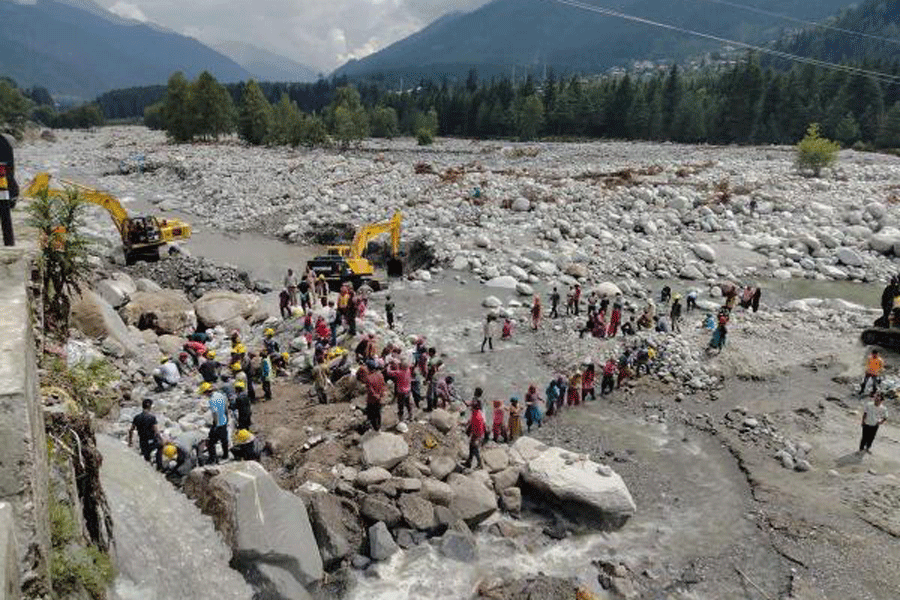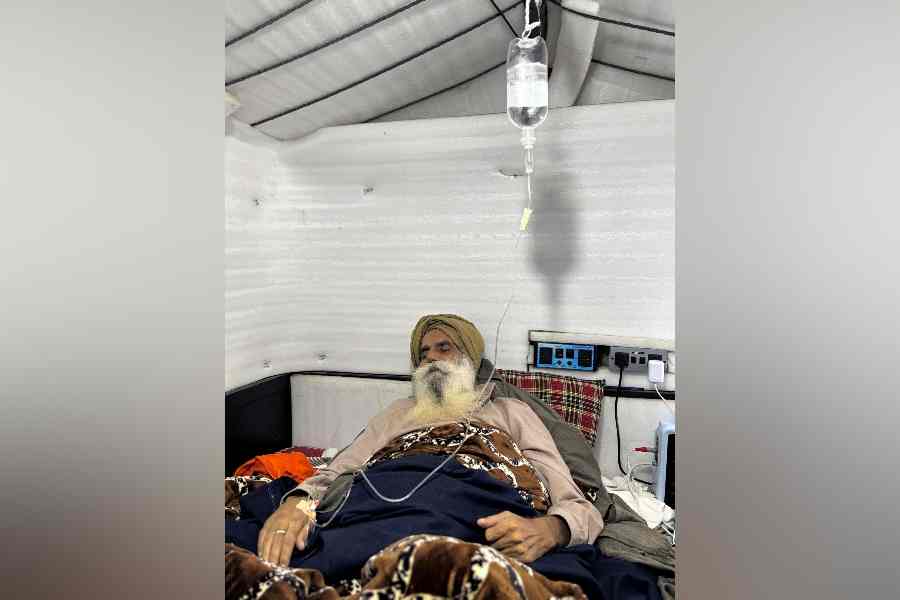The economic research wing of the State Bank of India has pitched for a public-private partnership to create a disaster pool to mitigate the risks from rising natural disasters in the country.
Insurance companies, while providing coverage at an at individual level in the form of loss of life and damage to property and vehicles, would benefit from a government support to cover the economic loss from natural disasters.
“A public-private solution, say a disaster pool, for natural disaster risk involving the insurance sector could offer many benefits over government crisis loan and grants. If we consider 2020 floods in India, the total economic loss was $7.5 billion (Rs 52,500 crore) but insurance was only 11 per cent. If government had insured it, the premium for the sum assurance of Rs 60,000 crore would have only been in the range of Rs 13,000-15,000 crore,” said the latest note from SBI Research.
India ranks third after US and China in recording the highest number of natural disasters since 1900. In terms of disaster type, India is marred mostly with floods with almost 41 per cent of the disasters occurring in the form of floods followed by storms.
The recent floods in North India have severely affected Himachal Pradesh, Uttarakhand, Punjab, Uttar Pradesh, Rajasthan, Jammu and Kashmir and Delhi. “While the current status of economic loss due to these floods is yet to be estimated, we believe this is in the range of Rs 10,000-14,000 crore,” the SBI Research report said.
The floods have prompted insurance regulator IRDAI to advise the general insurance and standalone health insurance companies to mobilise all resources and ensure immediate service response, including outsourced functions such as investigators and surveyors.
One of the key challenges is assessing the claim amounts relating to cost of rebuild in case of property damages. This was also observed in the SBI report.
“For better underwriting and risk assessment, updated property value should be considered. For instance, in the last two years inflation has surged and this has pushed up costs of property rebuilds and reconstruction. Inflation effects contributed to the large losses from the floods,” the report said.
“In the MSME sector, only 5 per cent of the units are insured. This sector needs a much higher level of protection. The government may launch a partnership programme to cover the MSME employees and provide social security to them in terms of insurance benefits and income protection for their families by way of an insurance scheme for MSME promoter to cover losses in business due to reasons beyond the control of the promoter,” the report said.











